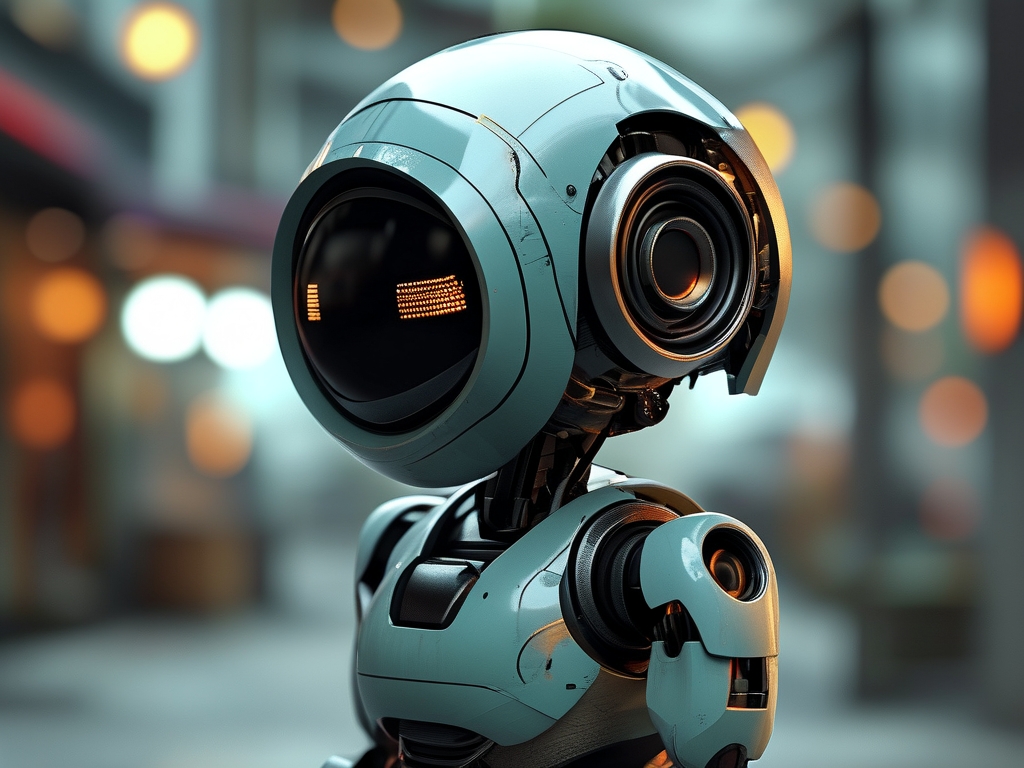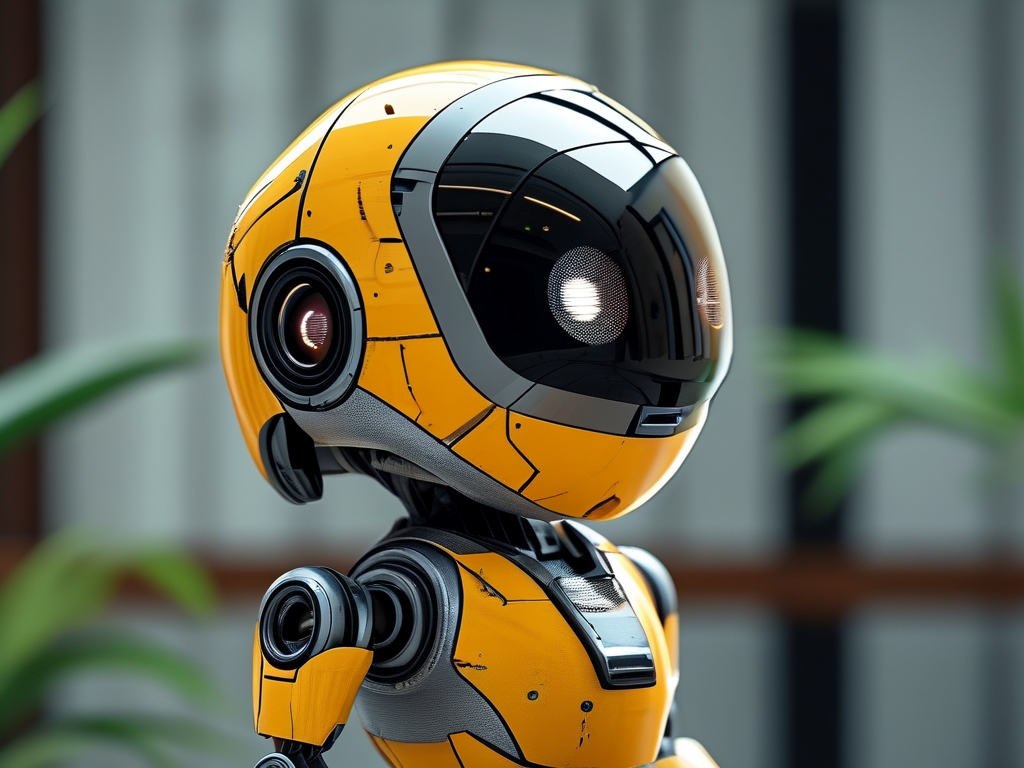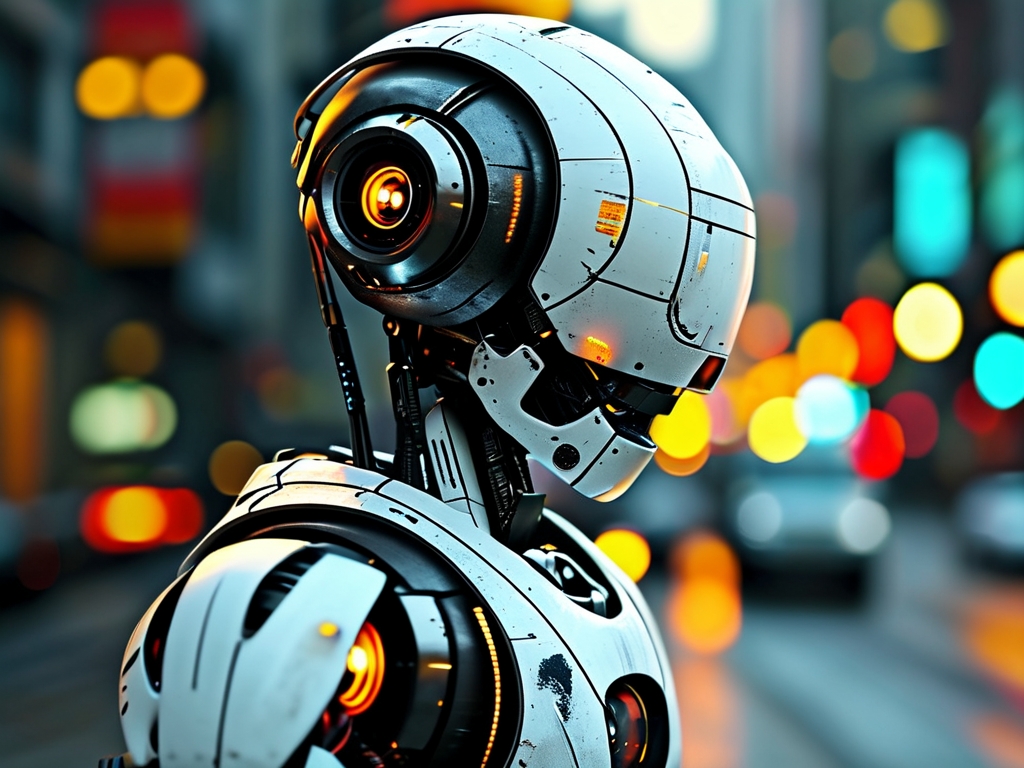The Isaac Robotics Platform, developed by NVIDIA, has emerged as a groundbreaking force in the realm of automation and robotics. Combining advanced artificial intelligence (AI), simulation, and hardware integration, this platform is redefining how industries deploy intelligent machines. In this article, we explore the architecture, capabilities, and real-world applications of the Isaac platform, highlighting its transformative impact on sectors ranging from manufacturing to healthcare.
The Architecture of the Isaac Robotics Platform
At its core, the Isaac platform is built on NVIDIA’s Omniverse, a collaborative simulation environment that enables developers to create and test robotic systems in hyper-realistic virtual worlds. This "digital twin" approach allows engineers to iterate designs, train AI models, and validate workflows without physical prototypes. Key components include:

- Isaac Sim: A high-fidelity simulation tool that replicates real-world physics, lighting, and material properties.
- Isaac SDK: A suite of AI-powered software tools for perception, navigation, and manipulation.
- Isaac GEMs: Pre-built modular algorithms for tasks like object detection or path planning.
- Hardware Support: Compatibility with NVIDIA Jetson edge AI modules and third-party robotic arms, sensors, and drones.
By unifying simulation and real-world deployment, Isaac reduces development cycles from months to days while ensuring robustness in dynamic environments.
AI and Machine Learning at the Heart of Innovation
The platform’s AI capabilities are its standout feature. Using deep learning frameworks like TensorFlow and PyTorch, Isaac enables robots to learn from vast datasets generated in simulation. For instance, a robot arm can practice picking irregular objects thousands of times in a virtual warehouse before operating in a real one. Transfer learning then bridges the gap between simulated and physical environments.
NVIDIA’s GPU-accelerated computing further supercharges training processes. A task that might take weeks on traditional CPUs can be completed in hours with NVIDIA’s A100 or H100 GPUs. This efficiency is critical for applications requiring real-time decision-making, such as autonomous mobile robots (AMRs) navigating crowded factories.
Real-World Applications Across Industries
1. Manufacturing and Logistics
Automakers like BMW use Isaac-powered robots to streamline assembly lines. Equipped with vision-based AI, these machines identify defective parts, tighten bolts with precision, and collaborate safely with human workers. In logistics, companies such as DHL deploy AMRs optimized via Isaac Sim to sort packages 30% faster than manual systems.
2. Healthcare
Surgical robots leveraging Isaac’s AI models assist doctors in minimally invasive procedures. For example, the platform’s haptic feedback algorithms enable robots to "feel" tissue resistance, reducing operative risks. Hospitals also use disinfection robots trained in Isaac Sim to navigate ICU layouts while avoiding sensitive equipment.
3. Agriculture
Agritech startups employ Isaac-enabled drones to monitor crop health. By analyzing multispectral imagery in real time, these drones detect pests or irrigation issues early, boosting yields by up to 20%.
4. Retail
Retail giants like Walmart test cashier-less stores using Isaac-based systems. Cameras and sensors track customer movements, while AI predicts purchasing behavior to optimize shelf restocking.
The Competitive Edge: Why Isaac Stands Out
While alternatives like ROS (Robot Operating System) remain popular, Isaac’s integration of simulation and AI offers unmatched advantages:
- Scalability: Developers can simulate entire fleets of robots interacting in complex scenarios.
- Interoperability: Support for USD (Universal Scene Description) ensures compatibility with 3D tools like Blender or Autodesk.
- Security: Built-in encryption and zero-trust protocols protect sensitive industrial data.
A 2023 study by ABI Research ranked Isaac as the top robotics platform for enterprise adoption, citing its 40% faster deployment rate compared to competitors.
Challenges and Future Directions
Despite its strengths, Isaac faces hurdles. Small businesses often lack the expertise to harness its full potential, prompting NVIDIA to launch training programs like the "Isaac Academy." Additionally, ethical concerns around AI-driven automation persist, necessitating transparent governance frameworks.
Looking ahead, NVIDIA plans to integrate generative AI into Isaac, enabling robots to generate adaptive workflows autonomously. Partnerships with SpaceX to test Martian rover simulations hint at extraterrestrial applications.

The Isaac Robotics Platform is not just a tool but a paradigm shift in automation. By merging AI, simulation, and scalable hardware, it empowers industries to tackle challenges once deemed insurmountable. As NVIDIA continues to innovate, Isaac is poised to become the backbone of a smarter, more efficient world—one robot at a time.




